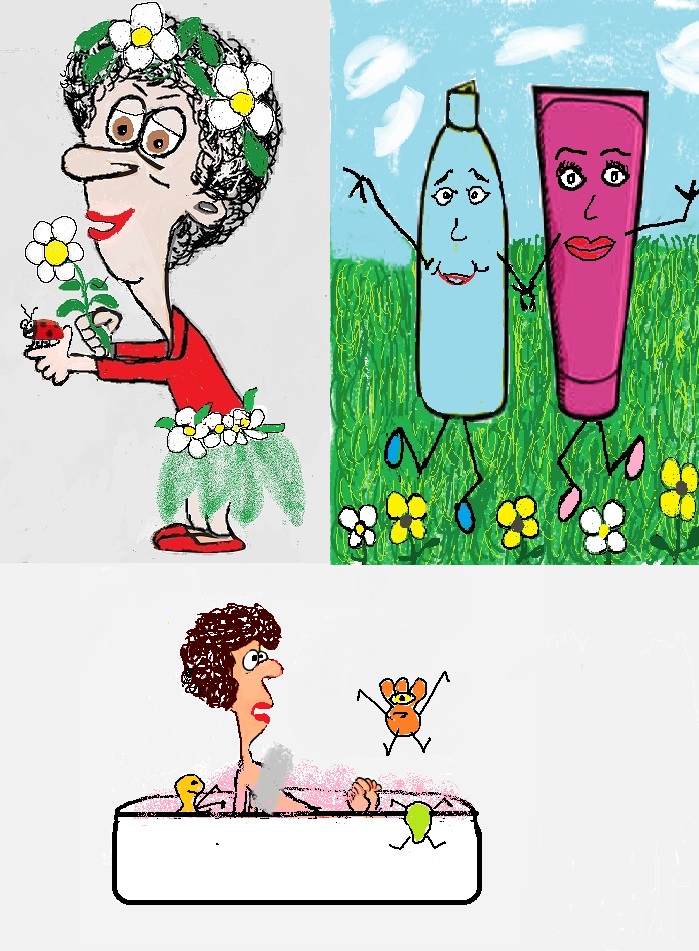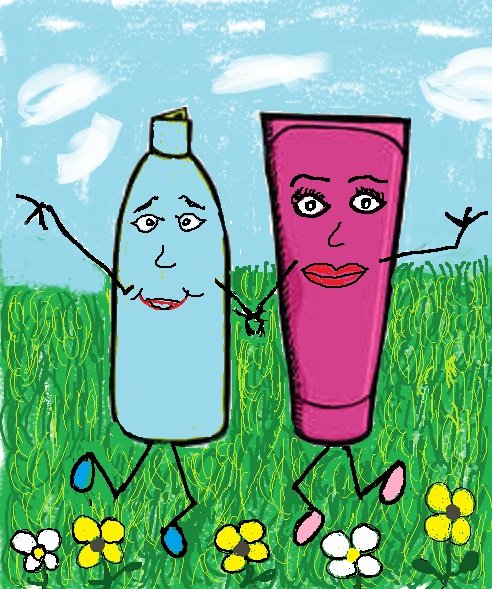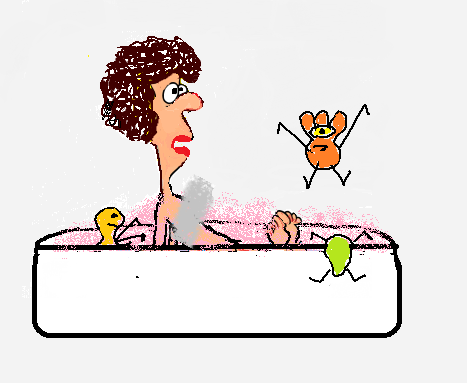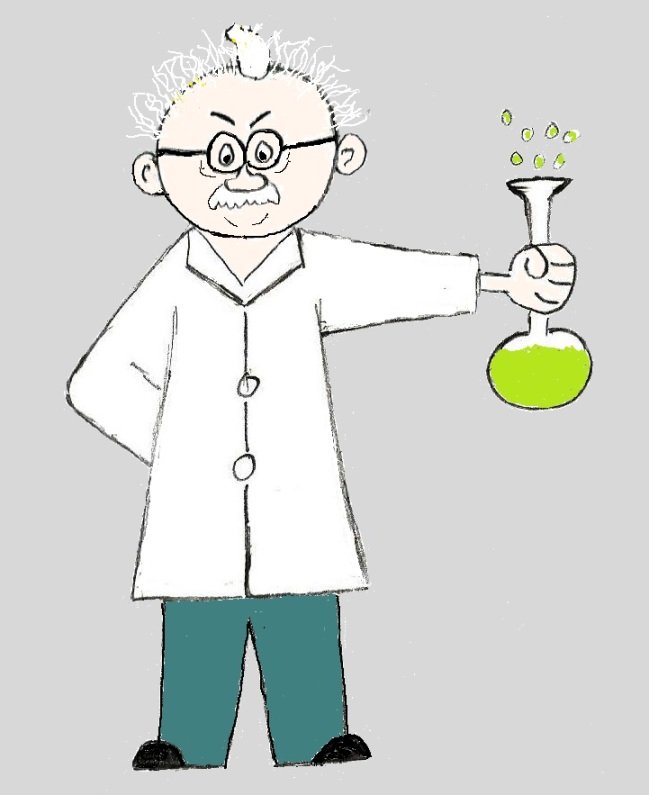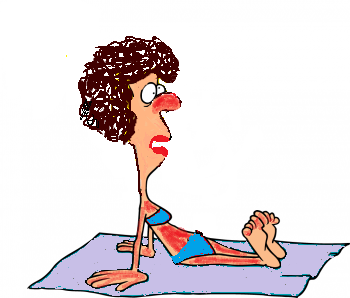- Home
- Non Toxic Personal Care
Why Choose Non Toxic
Personal Care Products?
Choosing non toxic, or at least less toxic, personal care products is one of the easiest and most effective ways to reduce your exposure to toxic chemicals. Because your skin is one of three ways that toxins enter your body.
Ingestion and inhalation are the other ways. Some of the toxins you absorb, ingest and inhale can’t be avoided because they come from your air, water and soil. But, by switching to nontoxic personal care products, you’re taking control over a lot of what gets absorbed into your skin.
Your Skin Absorbs Toxins
Many experts believe that toxins you absorb through your skin are more dangerous to your health than those you ingest. Because once they’re absorbed through your skin they go right into your bloodstream, bypassing detoxification by your liver.
Skin is your body’s largest organ. It has a layered structure that performs many functions that protect your body from outside influences. Whether or not your skin will absorb something depends on a lot of factors, including skin health and thickness.
The skin around your eyes is the thinnest and absorbs substances the easiest. Your hands and the soles of your feet have the thickest skin.
The type of substance that your skin is exposed to is another factor that determines how much your body absorbs. An important characteristic of chemicals that travel quickly through the skin are that they are easily dissolved in fat.
And many toxic chemicals are fat soluble, making them easily absorbed. Plus, some of the chemicals in personal care products, especially creams and lotions, are added just to enhance skin absorption.
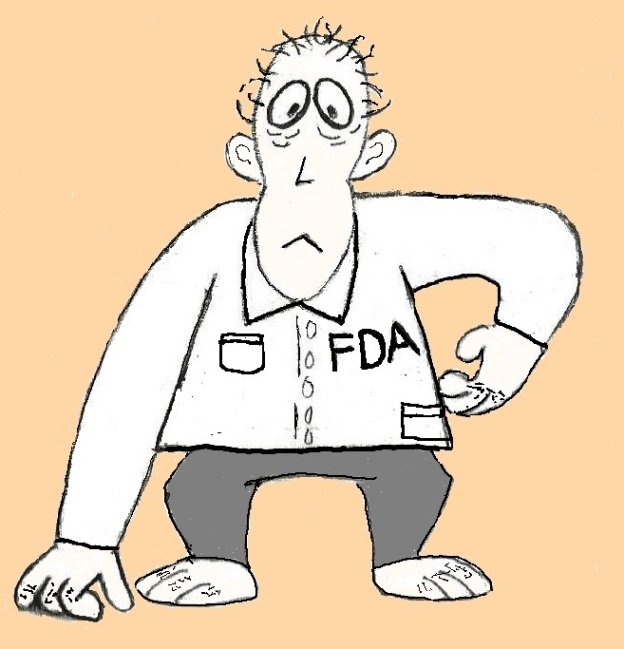
Who Protects You From the Toxins in Personal Care Products?
The cosmetics industry is the least regulated industry under the jurisdiction of the FDA. The FDA can make recommendations but it has very little power to enforce them.
It also relies heavily on manufacturers claims that the chemicals in their products are safe. Colgate is still defending its use of triclosan in its toothpaste based on its research, even though countless independent studies have proven triclosan is an endocrine disruptor and accumulates in your body.
Plus, even when a chemical is tested and determined to be safe for use in cosmetics, the testing is not done in the context of the chemical’s use. Let’s say that a safe exposure level was determined for chemical A. Chemical A is added to a lotion and a soap that you use.
You have now been exposed to double the amount that is considered safe. Using nontoxic personal care products will decrease this unsafe exposure.
The safety of chemical mixtures are also not considered. And that’s a real concern because some chemicals in products can interact to create more toxins.
An example of this is the chemical cocamide DEA, used as a foaming agent in cosmetic products. It is a potential carcinogen in its own right but when combined with other chemicals it also produces cancer-causing nitrosamines.
What this all means is that consumers are Guinea pigs. You and I are exposed to toxic chemicals considered safe until proven otherwise.
A Realistic Approach To Less Toxic Personal Care
When I first adopted a less toxic lifestyle more than 30 years ago, it was tough to find nontoxic, safe personal care products. So I had to make my own.
Now, there are a lot of great, nontoxic options. But, for some types of products the less toxic versions don’t provide the same benefits.
And by that I mean it takes a lot of toxic chemicals to make eyebags and wrinkles disappear. Less toxic hair dye doesn’t usually perform as well as regular hair dye. And if you expect your hair care products to completely transform your hair, you might be out of luck with less toxic options.
But even if you can’t find less toxic options for some of the products you use, that doesn’t mean you can’t reduce your exposure to the toxic chemicals in personal care products.
Nontoxic and less toxic skin cleansers, sunscreens, deodorants, shampoos, lotions and hand sanitizers are just as effective as the options full of toxic chemicals. And many feminine care products are unnecessary.
So pick your battles. If you can’t part with your wrinkle cream, reduce your exposure to toxins by switching to nontoxic lotions and cleansers. If toxic hair dye is a must, than switch to less toxic shampoo and conditioner.
To make the switch to safer personal care products you’ll want to avoid chemicals that are endocrine disruptors, carcinogens, formaldehyde releasers, plus nanoparticles and siloxanes.
To learn more about nontoxic options for personal care products check out these posts. You can also find recipes to make your own here and by joining the Non Toxic For Health community.
|
|
